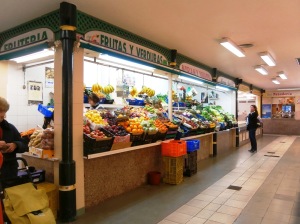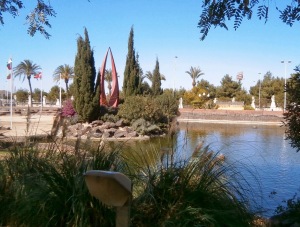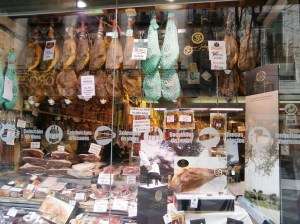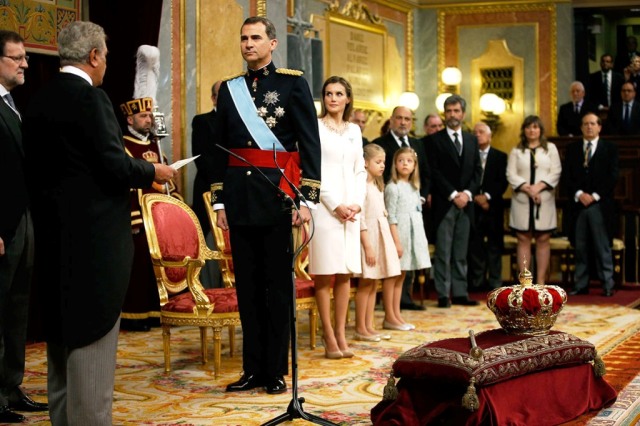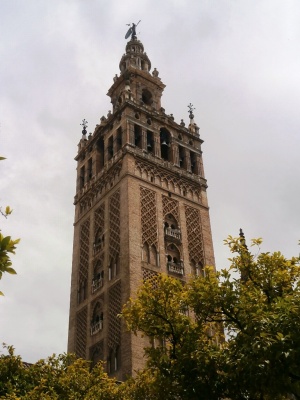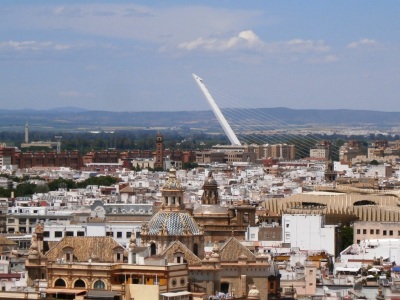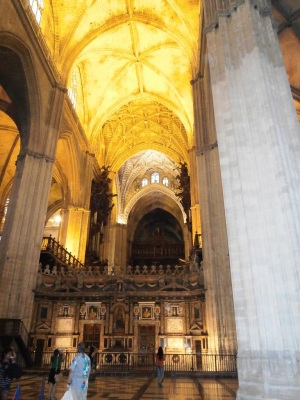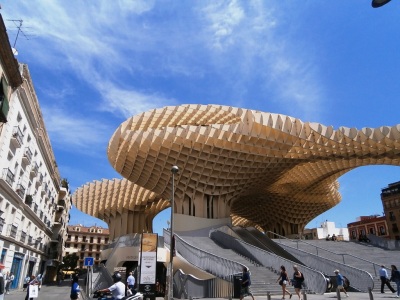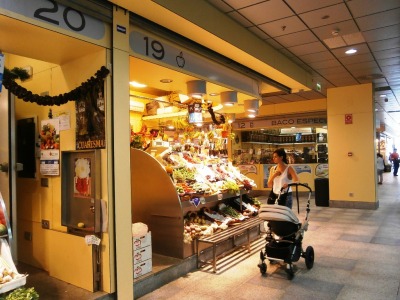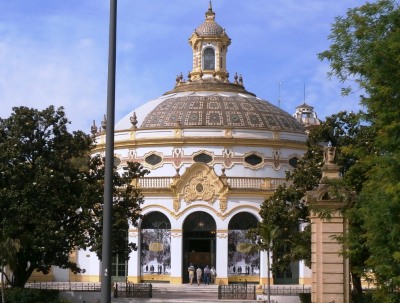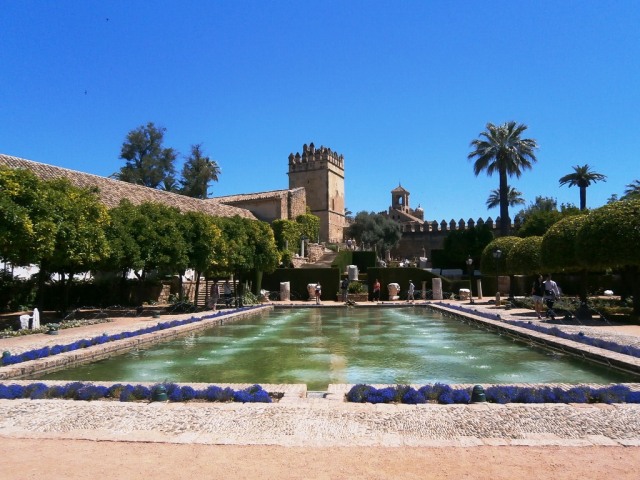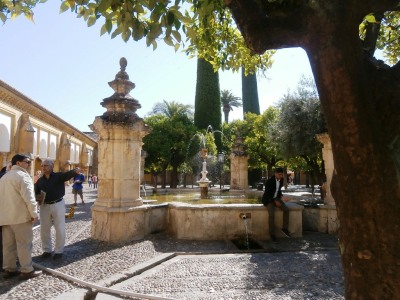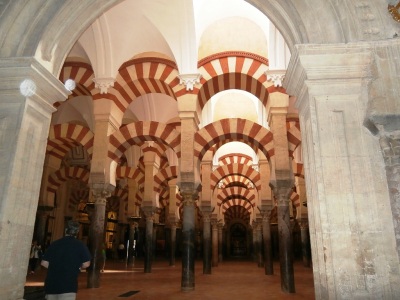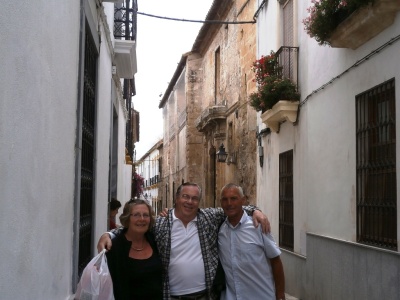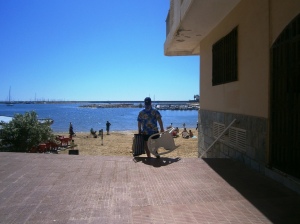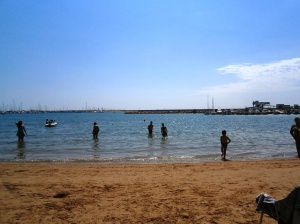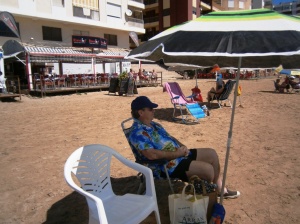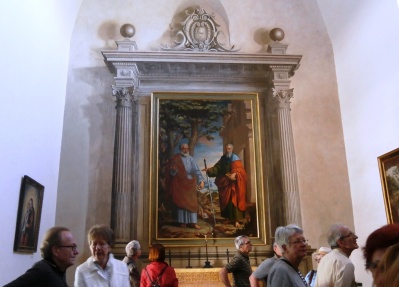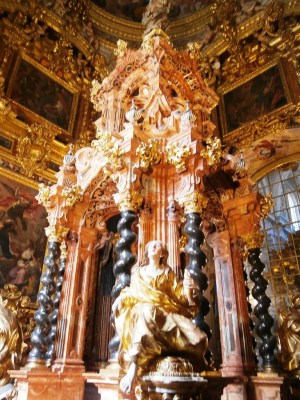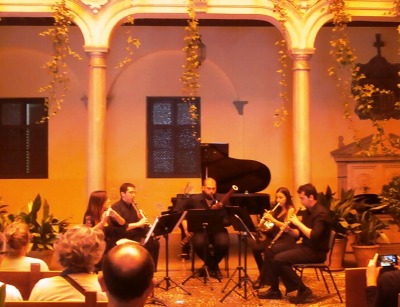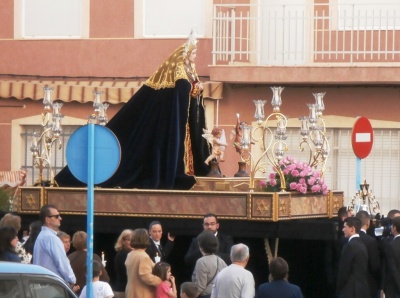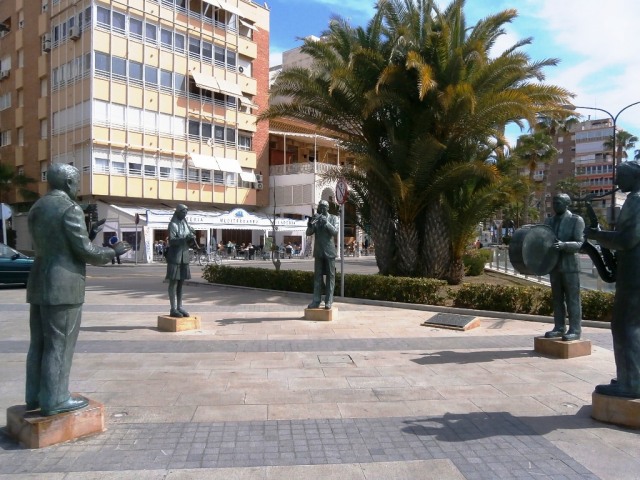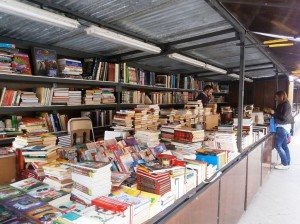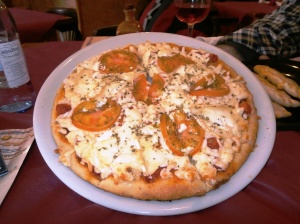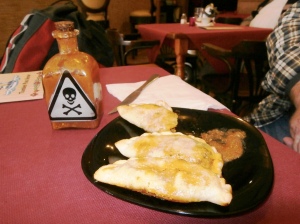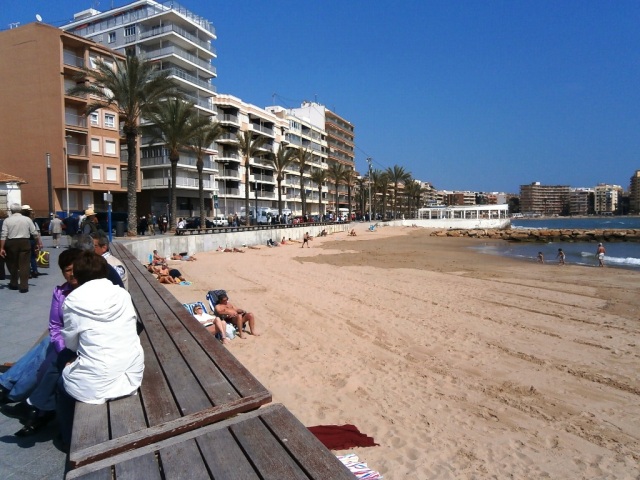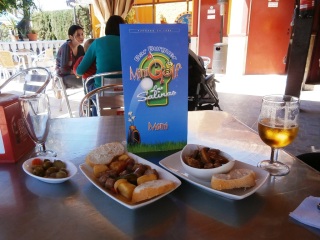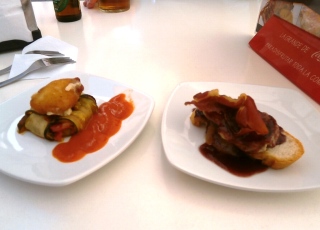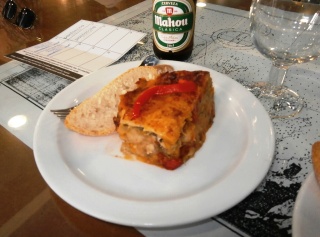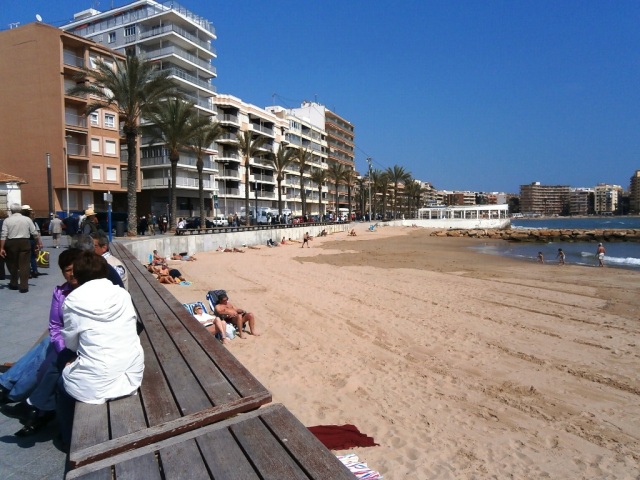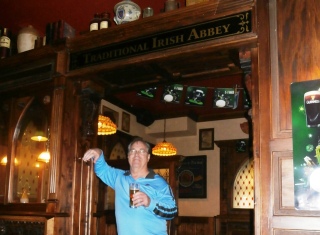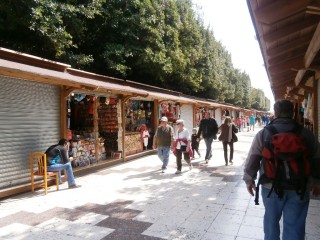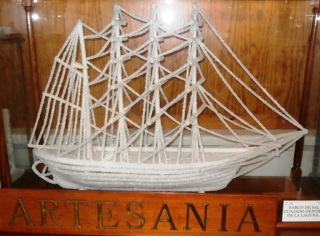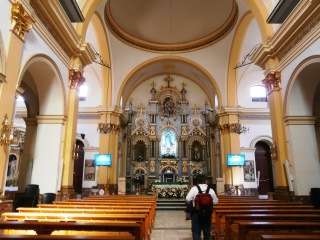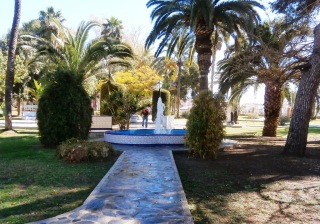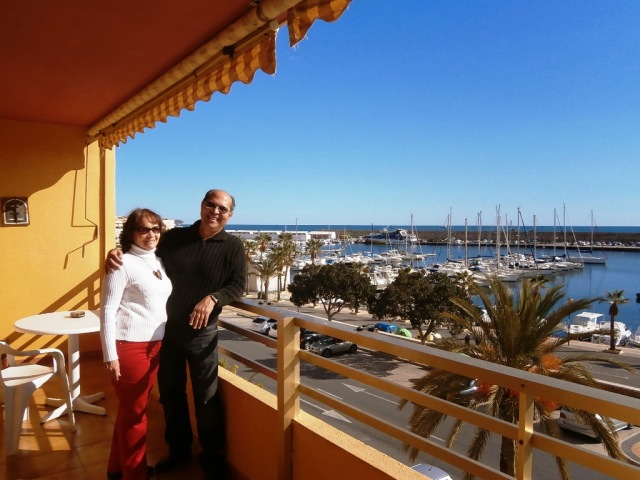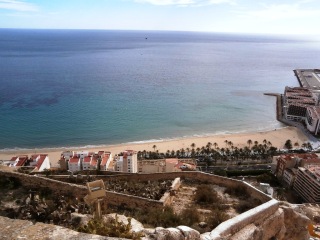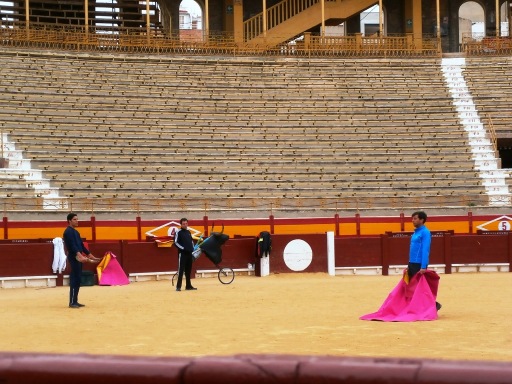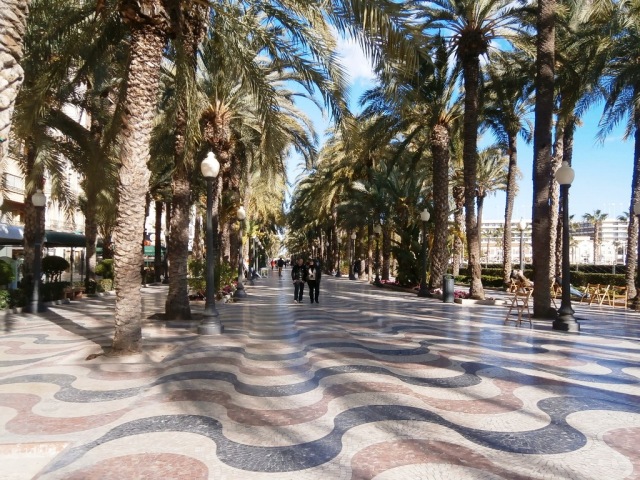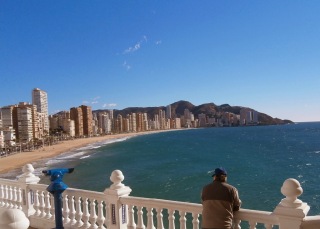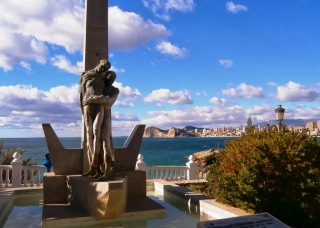Spain has been an interesting contrast with the other countries in which we have lived over the past three years. As we prepare to move on, it is natural to reflect on the high points and the low ones. Here are some thoughts about what I most enjoyed and least enjoyed about Spain.
#1 Least Favorite – Dog poop
I find it incredible that dog owners in towns all around Spain do not clean up after their poopy dogs. There are piles of dog crap on almost every sidewalk of every block of every town I have visited. The big cities like Barcelona, Madrid, Seville, Granada, and so on, are well-enough funded to have maintenance employees in the city centers who pick up pet poop along with garbage. Not so in the other areas of the towns. If the people of Spain had any idea how disgusting it is to tourists to have to dodge these piles, and how poorly it reflects on their country, they might do a better job of enforcing dog sanitation regulations. Thank goodness dogs are outlawed on the beaches!
#1 Most Favorite – The people

Our finest friends in Spain were the Brits, Mike and Ruth, on either side of me. Joining us were their friends from England, Debbie and Hannah at the site of a Roman quarry in La Torre.
We have made friends in every country we have visited, and Spain was no exception. It is always the memories of places and events shared with locals and fellow travelers that seem the most vivid. Even if we never see some of these friends again, we will never forget the kindnesses they have shared with us that made our time in Spain memorable.
#2 Least Favorite – The poor
There are poor people in every country, but that is no reason to forget about them. The poor economy hit Spain harder than most industrialized countries, and they have lagged behind the rest of the world in recovering. Personally, I think Spain has the resources it needs to take care of its people. Unfortunately, much of the revenues that flow into the economy seem to get siphoned off through corruption and unethical business practices.
When Spain recently announced Felipe VI as their new king, he proclaimed he would work to achieve greater equality and more opportunities for the unemployed and the needy. I hope he has the influence, the leadership and the integrity to bring about these benefits for his people.
#2 Most Favorite – The Food
I love fresh markets, and Spain is a fantastic place to find countless varieties of fruits, nuts, vegetables, olive oil and prepared foods to meet most people’s tastes. The land is fertile and productive. There is no reason for the people of Spain to ever go hungry. We also learned they make delicious chocolate in Spain!
#3 Least Favorite – Pickpockets
In the resort towns along the coast, there is little concern about personal safety and security. I have never felt unsafe walking alone or with my wife. And even though we were never directly approached in the big cities – Madrid, Barcelona, Seville, Granada, Cordoba – we were always cautioned to be on the lookout for pickpockets. This was especially true in the bus and train stations whenever we were toting luggage. After having my wallet lifted in Rome, I have become more vigilant about watching out for thieves. They have become quite sophisticated in some instances. For example, I witnessed a well-dressed man in a fine suit carrying a clipboard and hanging around our hotel in Granada while the tour buses were unloading. When he saw that everyone remained standing next to their personal bags and he noticed my wife and I were watching him, he walked away.
#3 Most Favorite – The Weather
Although the Costa Blanca has experienced its worst drought year on record and there have been dozens of brush fires in the surrounding countryside, it has been pleasant living on the coast just a few short blocks from the beach. The evening breezes coming of the Mediterranean Sea are cool and refreshing. In fact, we have seen rain here on the southern coast of Spain just a handful of times during our stay. We have been most fortunate weather-wise when we take into account that Madrid received over a foot accumulation of hail on July 3rd. The traffic on the freeways feeding this city of 3.2 million was brought to a standstill and the precipitation eroded the track of the high speed train from Alicante to Madrid. The Metro subway and the airport were flooded forcing delays and diversion of flights. I am grateful that we live on the Costa Blanca where it was 85°F and sunny.
There is something for everyone in Spain, and I am sure I will think of more things I could have added to this list after we leave. Suffice it to say Spain should be on your list of countries to visit. Should you decide to go, I will be watching for your stories so that I might reminisce about our time in Spain. Buen viaje!
